Fake News

How to Teach With Deep Fake Technology
The very concept of teaching with deep fake technology may be unsettling to some. After all, deep fake technology, which utilizes AI and machine learning and can alter… learn more

Common Sense: Are Deepfake Videos a Threat to Democracy?
Every day, teens engage with countless images and videos that have been edited or digitally altered. From simple Snapchat filters to short, lighthearted, or ironic TikTok videos, it's clear that young people… learn more
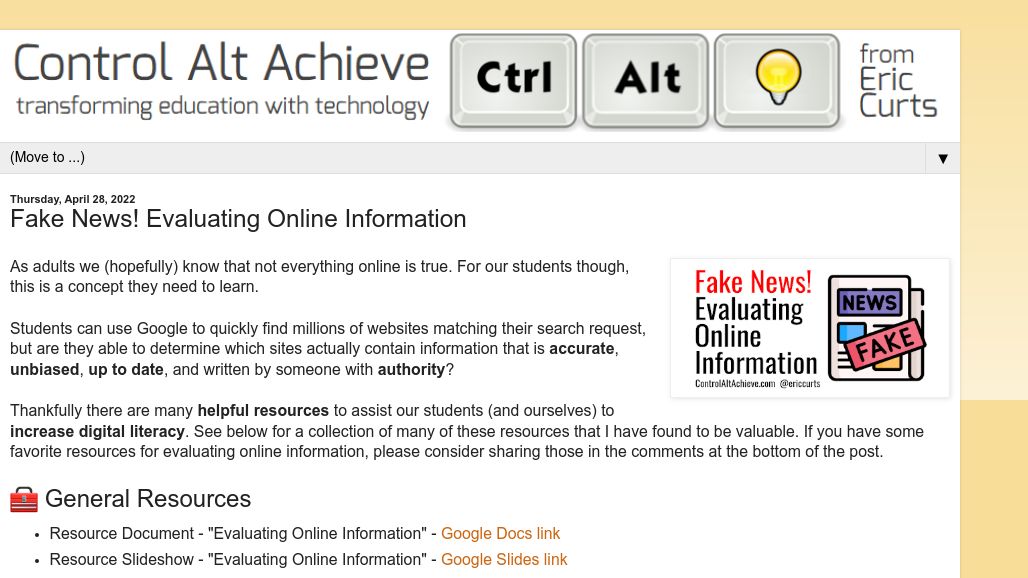
Fake News! Evaluating Online Information
As adults we (hopefully) know that not everything online is true. For our students though, this is a concept they need to learn. Students can use Google to… learn more
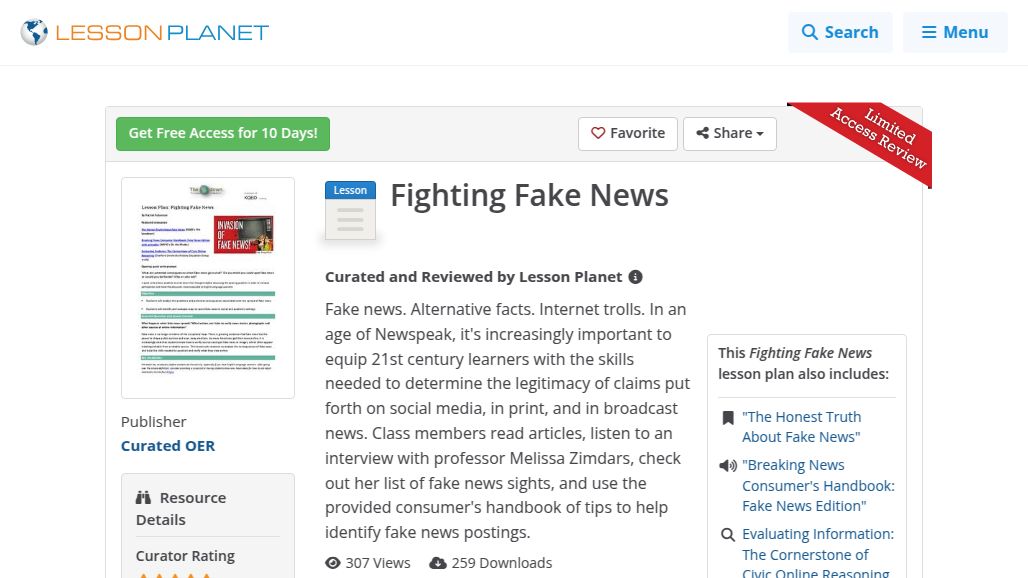
Lesson Planet: Fighting Fake News Lesson Plan
Fake news. Alternative facts. Internet trolls. In an age of Newspeak, it's increasingly important to equip 21st century learners with the skills needed to determine the legitimacy of… learn more

Best Free Fact-Checking Sites for Students and Teachers
Fact-checking sites for students to research reports, papers, and more. Fake news is nothing new. Examples of propaganda, sensationalism, and disinformation are known from as early as the… learn more
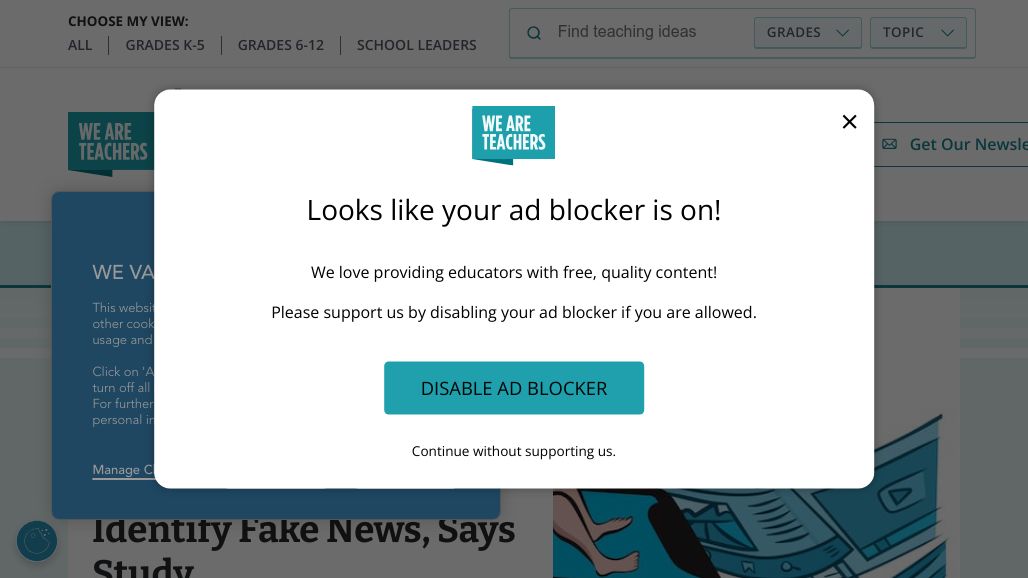
Today’s Students Can’t Identify Fake News
In today’s environment, media literacy is more important than ever. But the sparse research on the topic shows us that kids really struggle with identifying legitimate sources. This Stanford… learn more
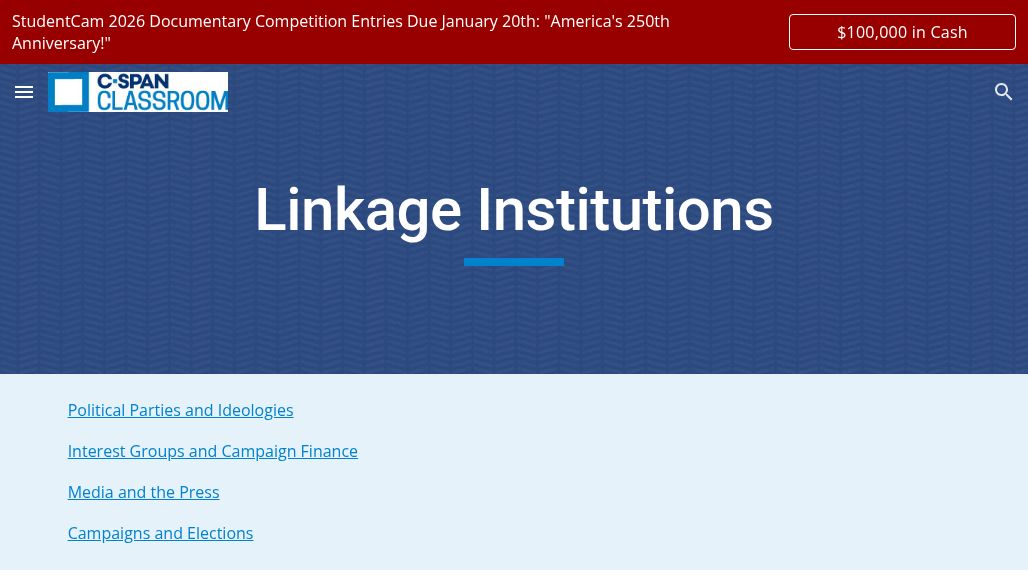
C-Span Classroom Social Media and the Internet
Collections of C-SPAN Classroom resources organized by various topics and themes. Additional C-SPAN Classroom resources can be found on the C-SPAN Classroom website. learn more

EXAMPLES FOR TEACHING WITH FAKE NEWS AND PSEUDOSCIENCE
Are you watching students and colleagues make claims based on potentially unverified information they’ve encountered? How can we balance all the information we receive from various outlets with… learn more
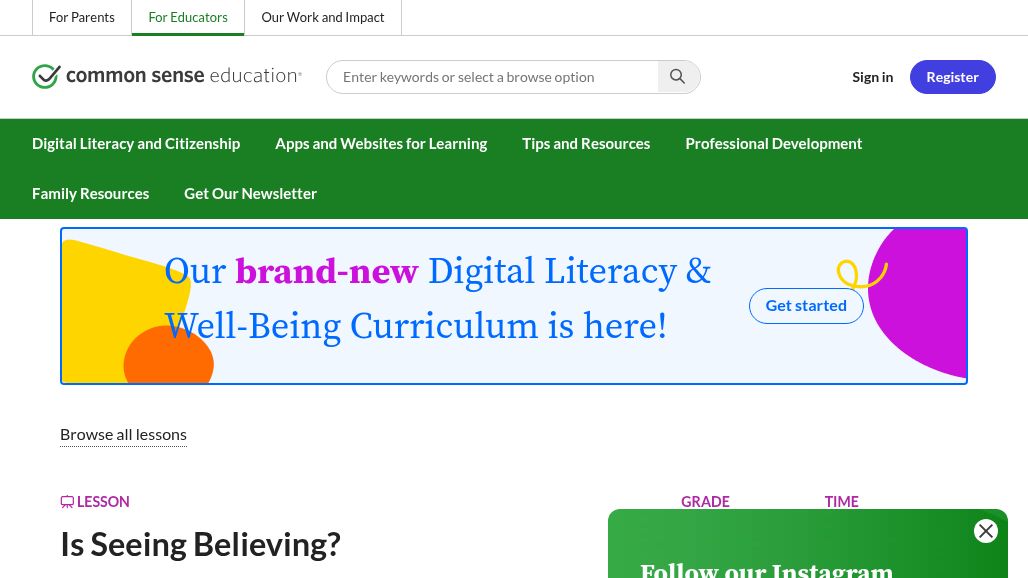
Common Sense: Is Seeing Believing?
Why do people alter digital photos and videos? The web is full of photos, and even videos, that are digitally altered. And it's often hard to tell the… learn more
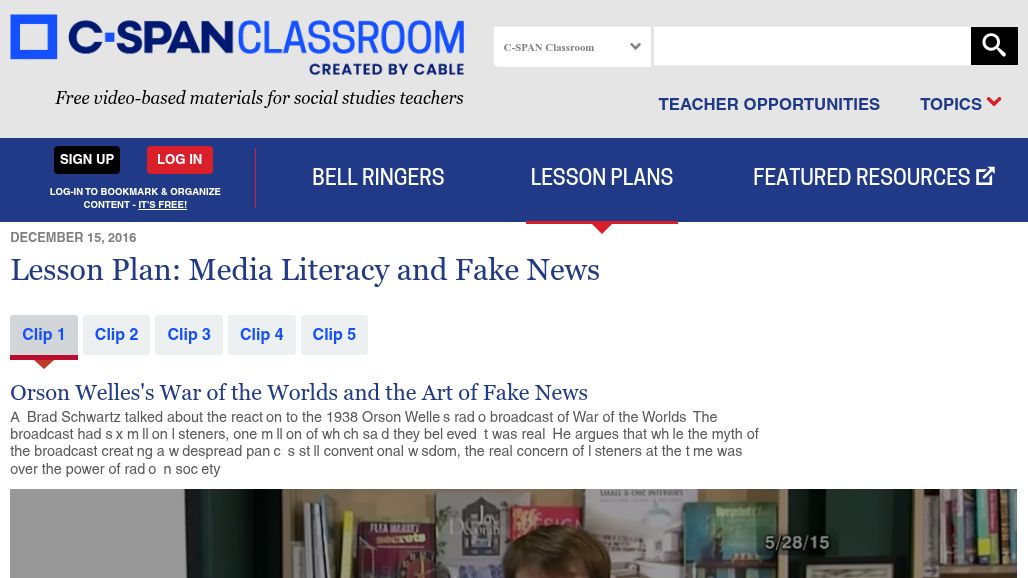
C-Span CLassroom Lesson Plan: Media Literacy and Fake News
In a world filled with rapid pace communication through a variety of platforms, we have an abundance of information available at our fingertips. Discerning fact from fiction can… learn more
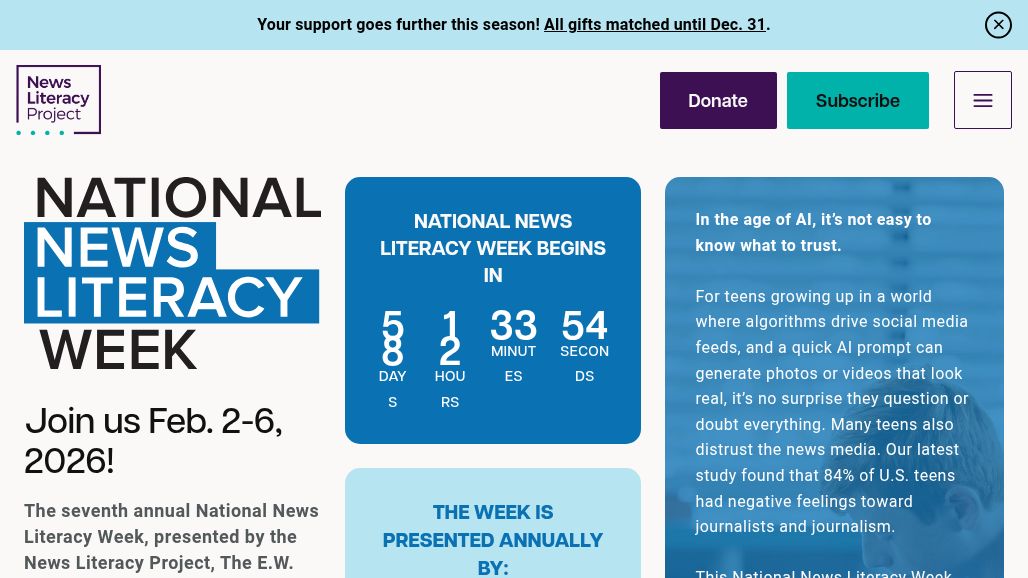
National News Literacy
Just 26% of Americans say they trust most news most of the time. Americans' trust in the media to report the news "fully, accurately and fairly" has been hovering at historic… learn more
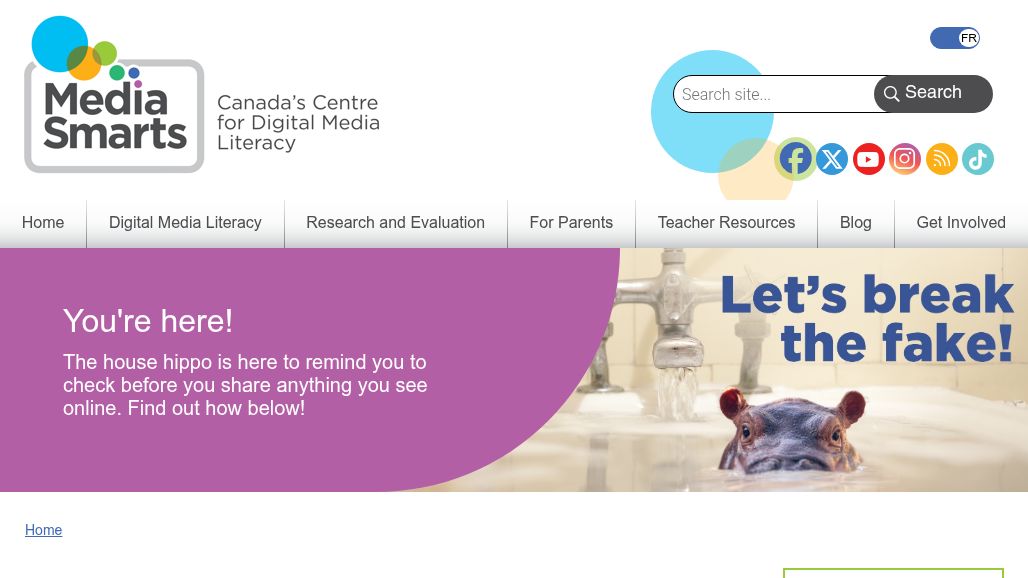
Media Smarts: Break the Fake Project
The Break the Fake will teach audiences four quick, easy steps they can take to spot misinformation and find out if something online is true or not. Critical thinking… learn more
Today’s Students Can’t Identify Fake News, Says Study
In today’s environment, media literacy is more important than ever. But the sparse research on the topic shows us that kids really struggle with identifying legitimate sources. This… learn more

Lesson plan: How to spot fake screenshots on social media
Students will learn four clues that help identify fake social media screenshots. Students will be able to explain why posts that impersonate people or organizations make them more… learn more

How to choose your news
TedED. How do we choose which news to consume? Get the scoop on how opinions and facts affect the news and how to tell them apart. learn more

Fake News: 4 quick checks
Not everything we see online is truthful, but it can be hard to tell the difference between fact and fiction. To help, we’ve put together a few quick… learn more

How to Spot Fake News
Fake news is information posing as news, which has not been verified and is not true. It could be clickbait, rumours, hoaxes, propaganda, or satire. Today fake news… learn more
No websites match your current filters
– no items filtered –

